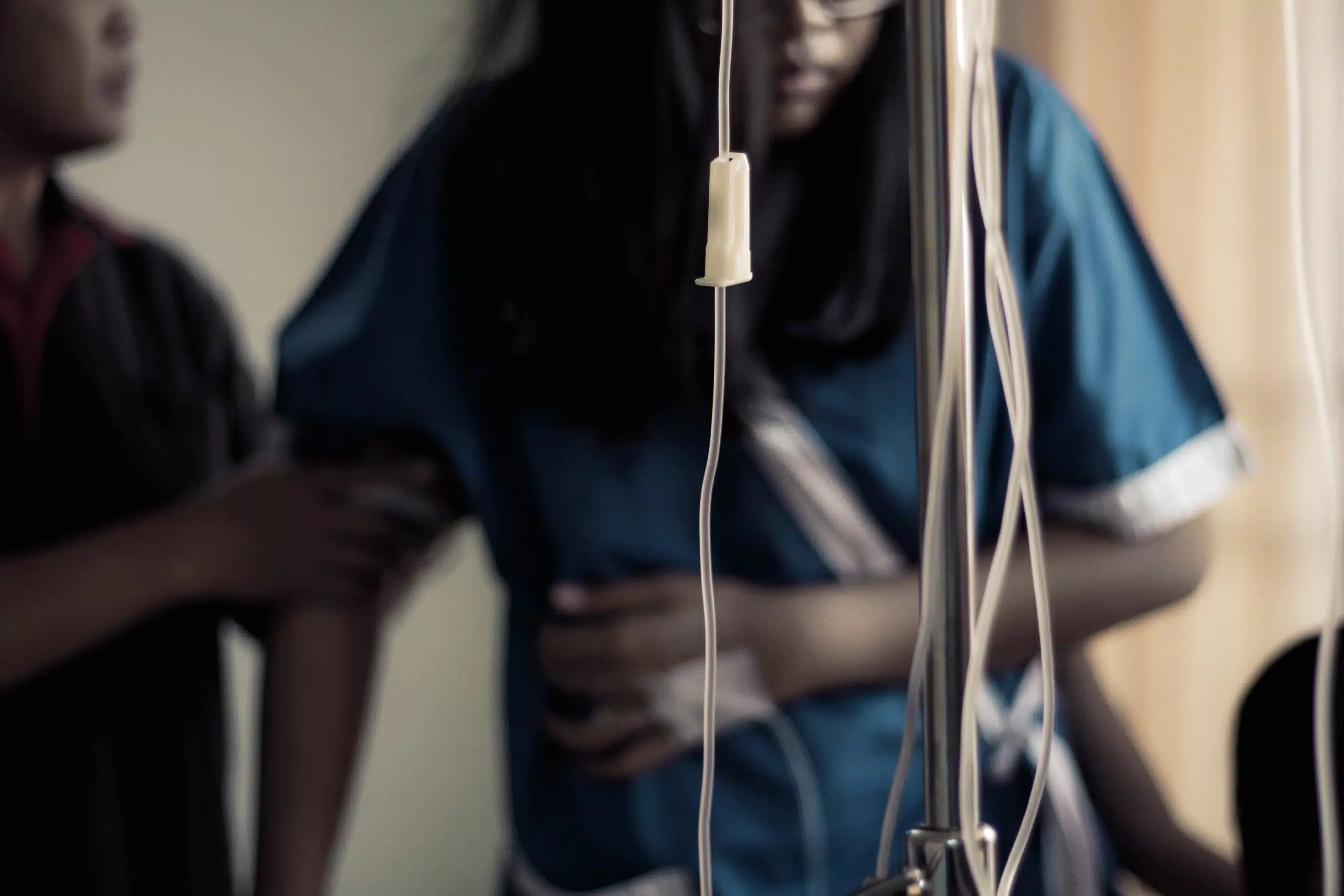Soraya is an occupational therapist in an acute care hospital. Along with her other clinical responsibilities, she provides splinting services to in-patient units in the hospital. Today, she has received a referral to make a forearm splint for a 32-year-old male who has had surgical repair for compartment syndrome on his left forearm. While reviewing the chart, Soraya discovers that the patient developed compartment syndrome because he passed out after a bout of heavy drinking and was lying on his left arm all night. His medical history includes substance use (alcohol and marijuana), depression, and anxiety. Nursing notes indicate that the patient is reported as being “aggressive during dressing changes” and “non-compliant with nursing and wound care post-op.”
The following table list strategies, informed by TIC practice tips, that Soraya can use to help her build a trauma-informed interaction with this patient.
